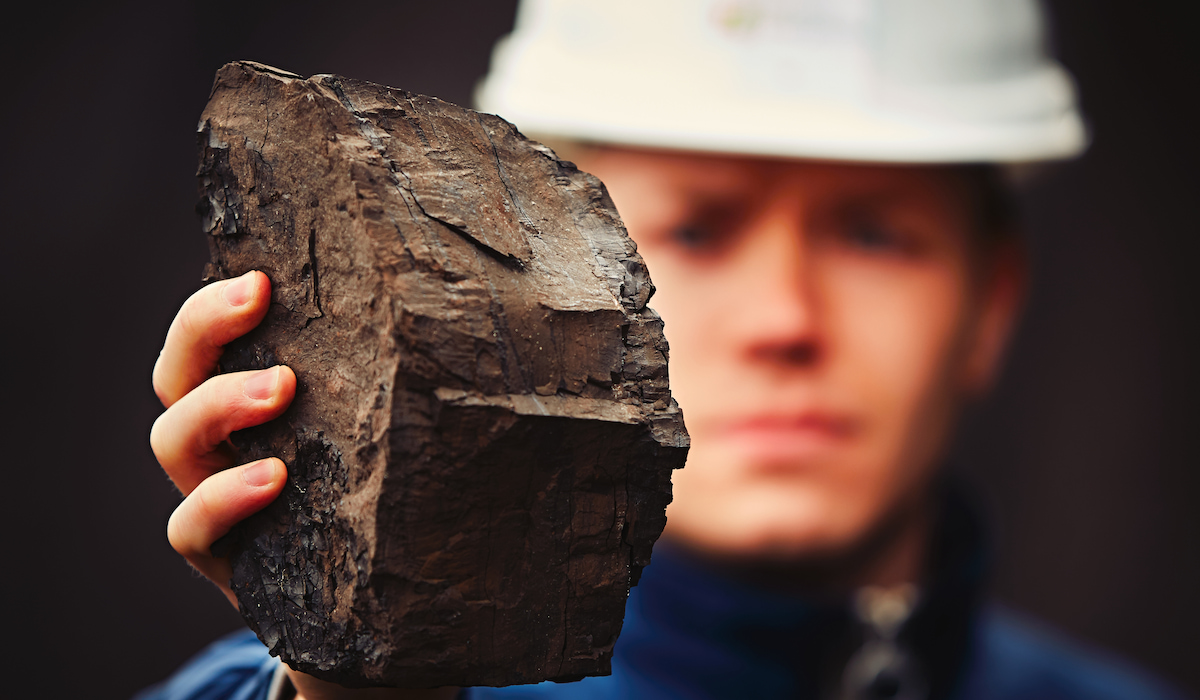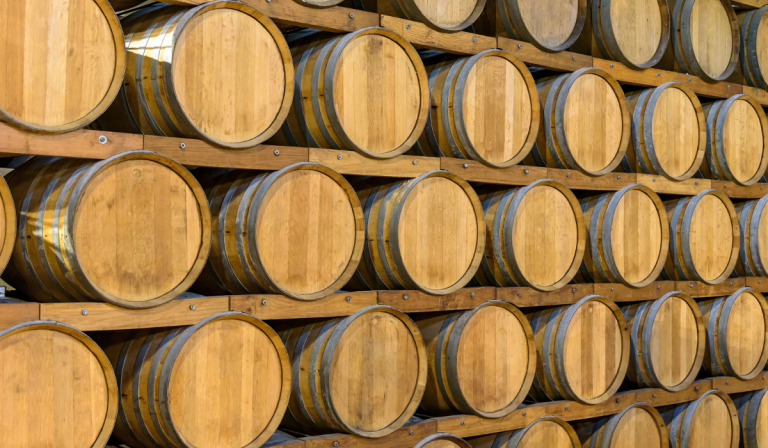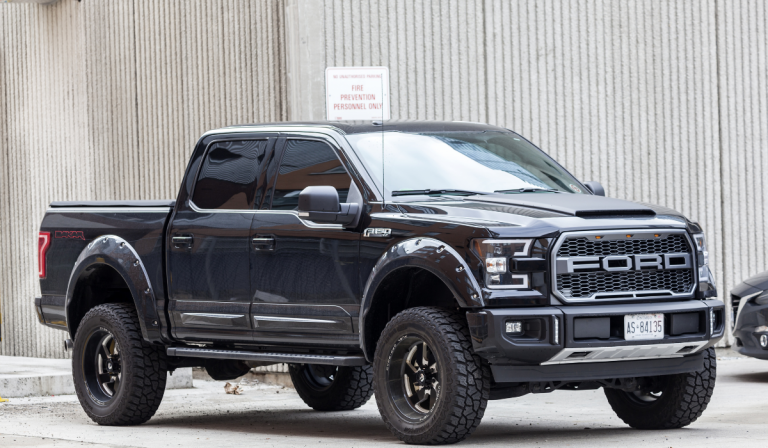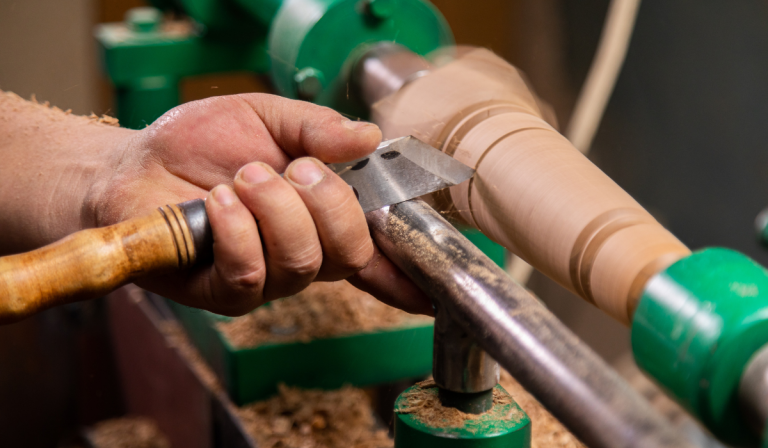17 Cool Facts About Coal
Cool facts about coal, you say? You read that right. Even though a lot of the public perception around coal has shifted negatively in recent years, coal deserves a lot of credit.
Countries around the world, including the United States, use more coal than people think. It got us where we are today, and new technology is keeping it around as a viable fossil fuel.
While there is much public debate over the future of coal, it shouldn’t prevent us from learning more about this resource that has played such a massive part in the industrial revolution and history of our nation and many others.
Learning about coal can help people form better opinions and decide what they feel about its use as a modern power supply.
Here are 17 cool facts about coal you should know.
Fact 1 – Coal is 1 Million Years Old
Yes, that’s correct. Every lump of coal you see or that a miner takes out of the ground is over 1 million years old. It takes that long to form coal. Incredible, when you think about it.
One of the reasons why people worry about continued coal use is that we know it’s non-renewable. The rate we’re using it at doesn’t allow for the patience of waiting 1 million years for supplies to build up again. It’s been in the ground for almost forever.
Fact 2 – Over Half of the U.S States Mine Coal
You might think that coal is dying out, but there are still coal mines in over half of the states in this country. The coal industry plays a big part in local economies, supporting high-paying jobs and a complete economic ecosystem.
Fact 3 – Over 90,000 Americans Work in the Coal Industry

That’s a lot of people, but a lot less than before. While reliance on coal is shrinking, there has also been a wave of new technology that makes mining cheaper and faster.
We’re not relying on people breathing in coal dust as they swing pickaxes underground. People still go into the mines, but what they are doing to extract coal is a lot different these days.
Fact 4 – Over 5 Billion Tons of Coal Are Used Every Year
Think about that number. Once you read and understand the scale of the coal industry, you know how much entire countries count on it to keep the lights on.
It’s not something that governments can just eliminate overnight. If people really want to move away from coal, a lot has to happen first.
Fact 5 – It’s Cheap
When you compare coal to other natural resources like oil or natural gas, you realize it is much cheaper and that’s why so many countries continue to mine coal.
Coal costs less than half as much as oil and natural gas on a BTU basis, making it much more affordable and thus a favorite of poor and developing nations.
Fact 6 – Coal Used to Be a Big Part of International Trade
In the middle of the Roman Empire, coal was used heavily in trade. People bartered for coal and used it to make purchases.
It’s funny to think that people used coal to buy horses, land, crops, and houses back in the day. The reason it was used so widely in trade was that it had intrinsic value and was scarce.
Fact 7 – Coal Is Used Mainly for Electricity

If you ever see a train with a long row of cars filled with coal, you know it’s probably going to a power plant somewhere.
The vast majority of coal that’s mined in the U.S. goes to providing electricity to homes and businesses across the country.
Fact 8 – Coal Is Utah’s State Rock
Weird, right? But it’s true. The state rock of Utah is…coal.
Fact 9 – Coal Starts Off as a Plant
Coal develops over a million years, but it once started as plant matter that was mashed together.
It usually was at the bottom of bodies of water, and over thousands and thousands of years, it goes lower and lower into the sediment where it compacts and takes the form that we see it in today.
Fact 10 – Coal Is Mostly Carbon
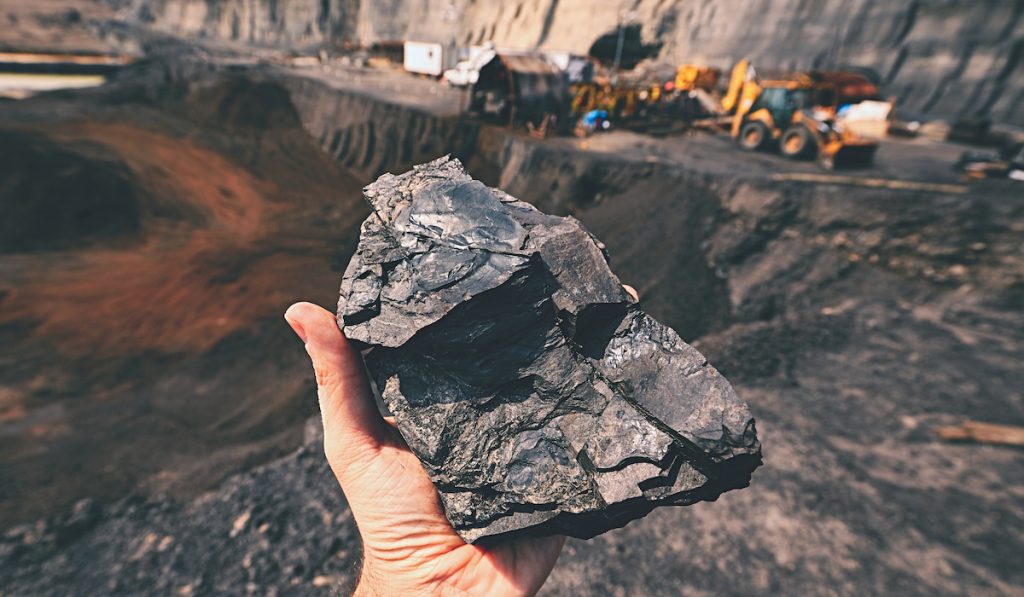
Carbon is a big no-no word right now for environmentalists, but that’s essentially what coal is. There are other elements inside of coal like oxygen, nitrogen, and hydrogen, but it’s mostly carbon inside.
Fact 11 – Exposure to Large Amounts of Coal Can Cause Health Issues
People who work in the coal industry have issues with things like cancer and an increased risk of carbon dioxide poisoning.
Traditionally, the coal industry was somewhere you went to make good money, but the people there didn’t have the best prospects when it came to living a long, full life.
That’s one of the reasons why the coal industry is so heavily regulated these days. People are worried about long-term exposure to breathing in coal particles.
Fact 12 – Coal Is Part of Christmas Lore
Depending on how old you are, you may have heard that bad kids get coal in their stockings.
Interestingly, poor behavior is associated with getting a lump of coal, but the story has persisted to today even though a lot of kids probably have no idea what a lump of coal looks like.
Fact 13 – It Takes a Lot of Water to Mine Coal

People who are concerned with the coal industry aren’t just worried about all of the carbon dioxide going into the atmosphere. They worry also because coal mining uses a ton of water as well, another limited resource that seems to be growing more and more scarce.
An average coal plant will need 10-180 billion gallons of water each year, and some of them need way more than that if they need air conditioning to stay cool.
Fact 14 – Native Americans Used Coal
Native Americans used coal to heat their fires, art, and cooking. They quickly recognized that it generated a lot of heat quickly, so it became a prized energy source for tribes across America.
Fact 15 – The Earliest Coal Formed Over 300 Million Years Ago
There’s a lot of coal out there underneath the ground, and we know that it takes a million years to form coal.
That said, scientists believe the earliest coal developed over 300 million years ago when the climate conditions were just right.
Fact 16 – Some Coal Is Mined Above Ground
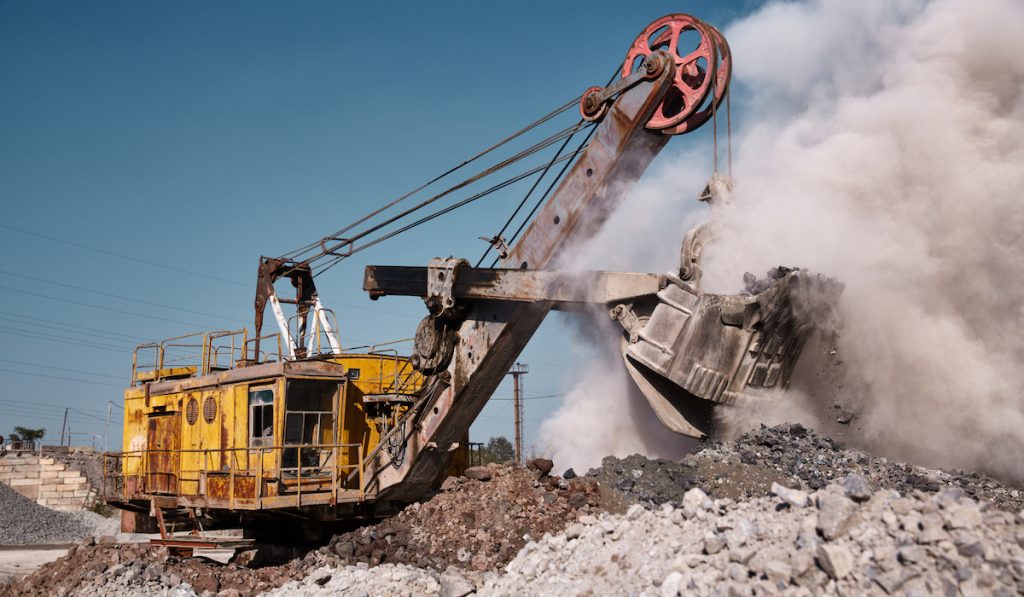
Some mines use a method called surface mining to get coal. It’s not always mined from deep within underground tunnels.
That’s where we get most of our coal, but sometimes people find exposed coal closer to the ground level where it’s then mined.
Fact 17 – Coal Use in the U.S. Is Going Down
The United States is using less and less coal every year. We still use a lot of it, but the country has focused on solar and wind, along with more efficient oil extraction, to help replace some of the coal use.
Lower costs of natural gas and oil also impact investors’ appetite for building new coal mines and coal-burning plants.
